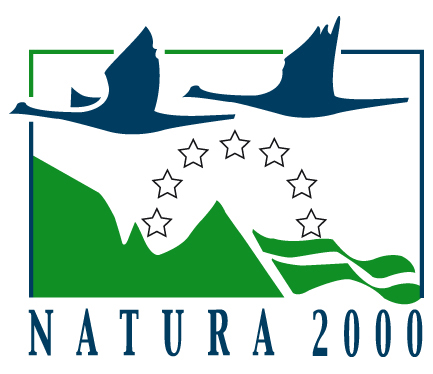 |
Hortobágy National Park |
|
|
THREATS 1. Grassland fragmentation 2. Chemical use on arable lands 3. Grassland degradation by goose farming 4. Suboptimal grazing 5. Marsh homogenisation 6. Shortage of feeding and nesting sites for Annex I birds |
|
OBJECTIVES The project aims to restore grasslands and protect the marshes already rehabilitated. Specific aims are to: 1. Establish ecological corridors and buffer zones in key areas by land purchase and by transforming ca. 700 ha arable lands into loess steppic grasslands or salt steppes to reduce fragmentation and chemical infiltration. 2. Purchase and convert goose farms and surrounding lands to sheep-farming. 3. Create wooded areas in key areas to prevent chemical infiltration and provide nesting sites for birds. 4. Allocate grazing to unmanaged native grasslands. 5. Open up homogeneous reedbeds by grazing and fire management. 6. Extensively cultivate croplands to enhance small mammals and game for Annex I birds of prey. 7. Develop management plans and biologically monitor habitat-based actions, especially grassland restoration and wooded area creation. 8. Raise public awareness to grassland and marsh conservation and to the Natura 2000 network. |









